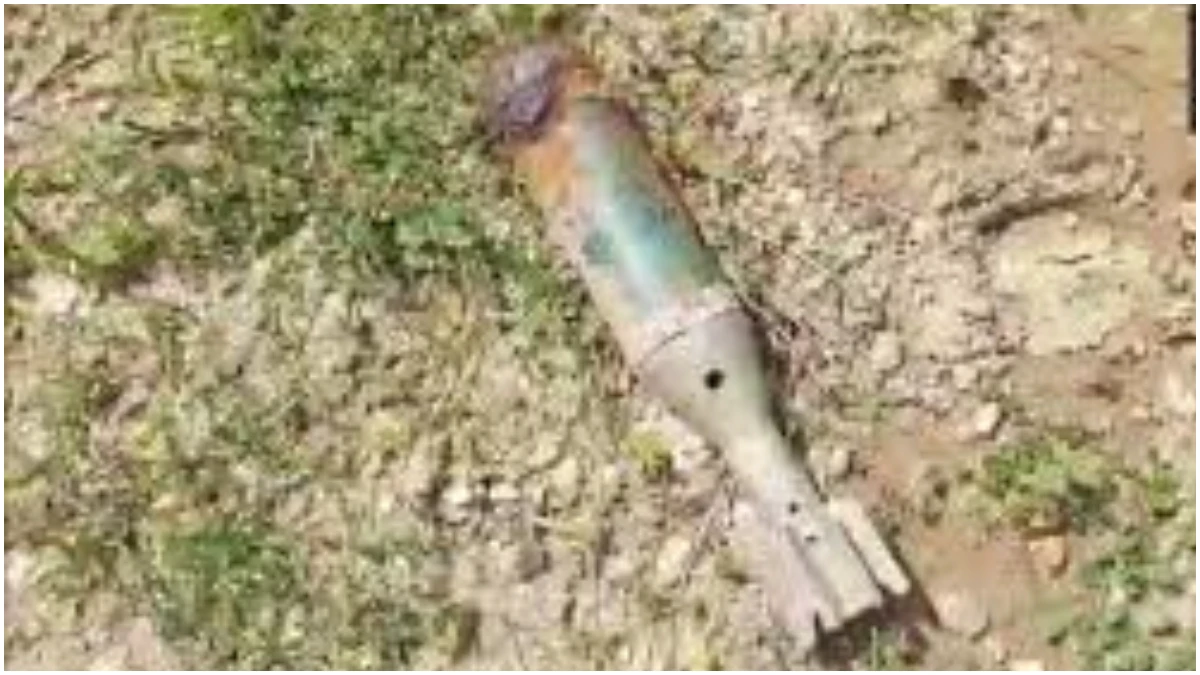People along the Line of Control and International Border in the Jammu region continue to live under the shadow of death, with unexploded mortar shells fired by Pakistani troops still embedded in farmlands and residential areas even though hostilities have stopped for nearly a week.
Despite the May 10 understanding between India and Pakistan, locals describe the border areas as a “death trap”.
Sixty-two-year-old Balvinder Singh, who returned to his home in Pargwal sector on May 14, recounted a narrow escape. “Two shells exploded in our compound, damaging our house. Three more landed on our farmland. We were terrified and told our family to stay away from the fields until the Army could help,” Singh told PTI.
Army engineers later came to the village and safely defused the unexploded shells, bringing a temporary sense of relief. “Fear is writ large on the faces of people to these death traps in border hamlets”, he said.
Scenes of destruction are evident – rooftops torn apart, broken houses, windows punctured by shrapnel, and carcasses of cattle lying in pools of blood. The acrid smell of gunpowder still lingers in the air.
Sardar Gurmeet Singh faced a similar ordeal. His family could not re-enter their home as a live mortar shell had sunk into the compound in a village close to the International Border. “The army’s bomb disposal squad removed it after four days, allowing us to finally enter, back home” he said.
Indian Army engineers have launched a sweeping clearance operation across border districts, defusing over 80 unexploded shells in the past five days – including 6 in Pargwal, 19 in Rajouri, 42 in Poonch, and 12 along the IB.
“These shells, mostly 120 mm calibre, have a range of 15 to 30 km and pose a serious threat to both civilian and military targets,” an Army officer said. “Many of them were fired by Pakistan during recent hostilities.”
On May 7, the Indian Army launched Operation Sindoor, conducting precision strikes on nine terror hubs in Pakistan and Pakistan-occupied Jammu and Kashmir (PoJK) in response to the April 22 terror attack in Pahalgam that killed 26 people, most of them tourists.
The subsequent retaliation by Pakistan pushed the region to the brink of war. From 7 to 10 of May, 27 civilians were killed and over 70 injured in Pakistani shelling in the Jammu region. Farid Din Gujjar, a resident near the border, expressed fear about returning to his fields.
“Several shells created deep craters in our paddy land. We cannot resume work until all unexploded ordnance is cleared. It’s a death trap,” he said.
Army units, in coordination with Jammu and Kashmir Police, have evacuated high-risk zones and issued stern warnings to residents not to touch any suspicious objects or unexploded shells.
In one major operation, 42 live shells were safely destroyed in the Poonch villages of Jhullas, Salotri, Dharati and Salani. “All safety protocols were followed. The shells posed a serious danger to local lives,” an Army spokesperson said, calling the effort a “continued commitment to protect civilians and restore normalcy.” Poonch saw the vast majority of deaths due to shelling.
Security officials said that Pakistan used a mix of mortar shells, armed drones, and missiles during the shelling spree, specifically targeting civilian habitations and border towns in Jammu, Samba, Kathua, Rajouri, and Poonch.
As clearance operations continue, the border residents are slowly returning to their homes, but with caution, fear, and lingering uncertainty about shelling that may yet happen in the future.
